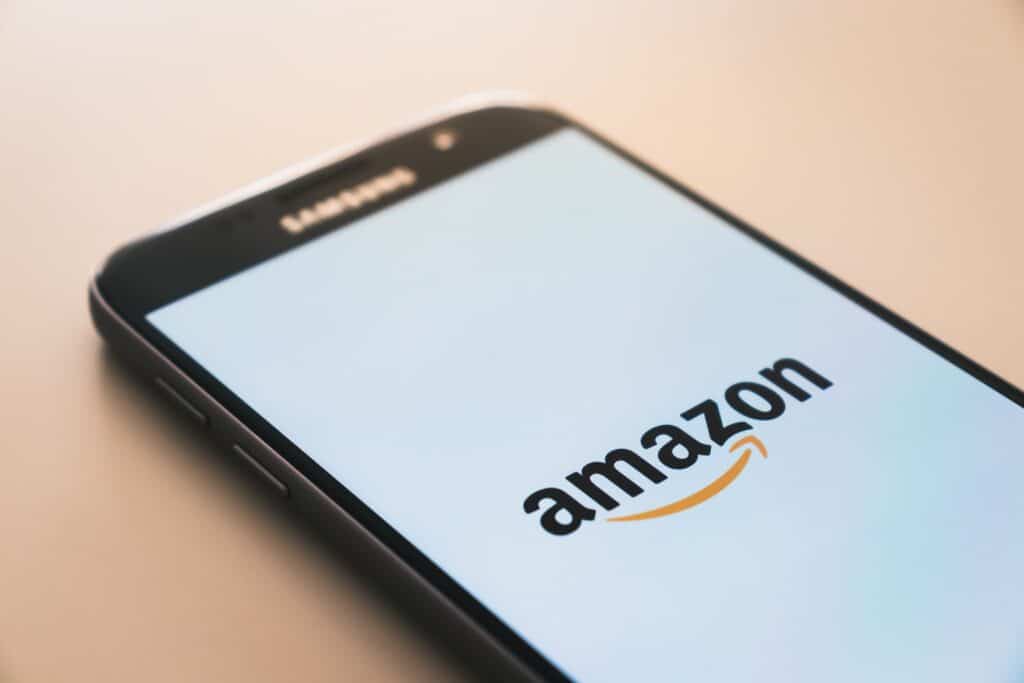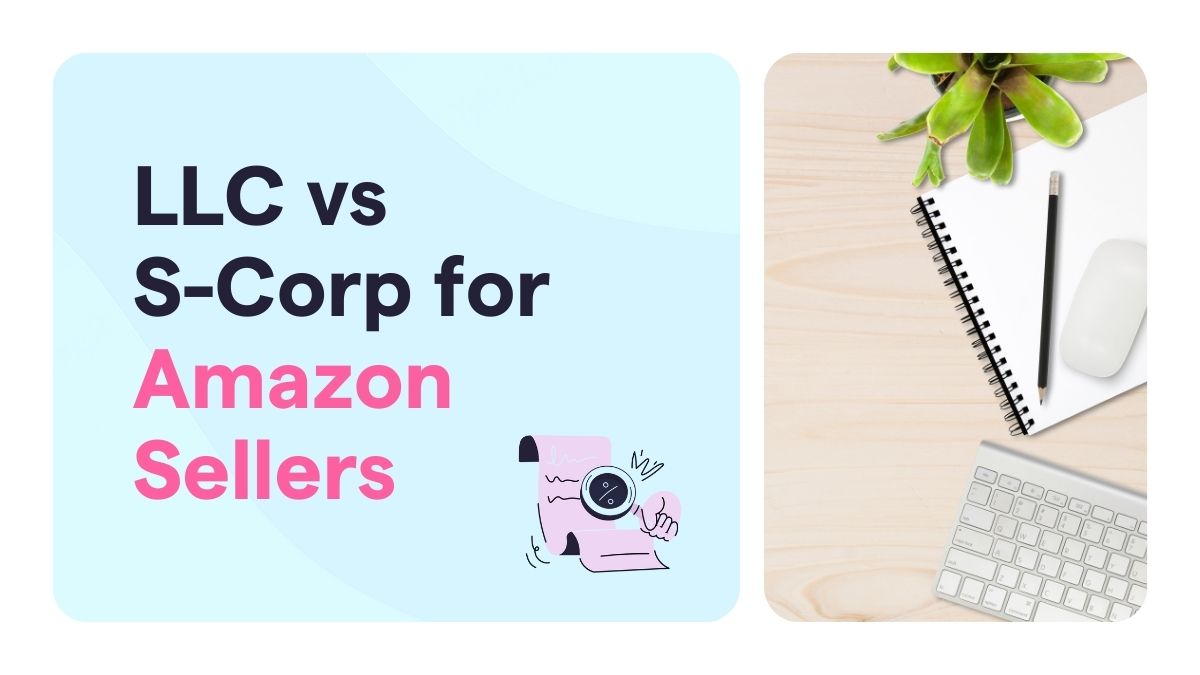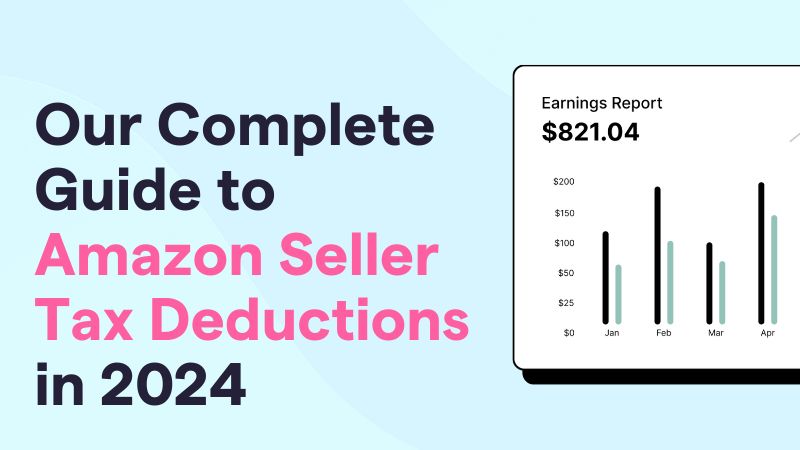Amazon is the world’s largest online retail marketplace. With such a strong brand and a loyal community of avid shoppers, it’s no wonder why so many people visit Amazon as their first port of call when searching for the next thing to buy.
This presents a fantastic opportunity for companies that sell on Amazon: a diverse range of people who are ready to purchase.
In the early days of Amazon, you could simply list your products for sale and sit back as the sales rolled in. However, now that there is an unprecedented level of competition, advertising has become an important method of reaching new audiences – especially if you’re just starting out and your products aren’t at the top of search results.
In this article, we take a closer look at the various ways to advertise your listings, and the Amazon brand guidelines that apply to such promotions.
Table of contents:
- Ways to promote your brand on Amazon
- Advertising guidelines – it’s all about getting the details correct
- Use of the Amazon logo and correct punctuation
- Use of Amazon-branded phrases
- Calls to action
- Product imagery
- Technical guidelines
- Creative acceptance policies
- Protect your intellectual property with Amazon Brand Registry
Ways to promote your brand on Amazon
- Create an Amazon storefront – this is a free method of promoting your products. By setting up a storefront, you have the ability to customize the look and feel of your brand experience for people that visit your store.
- Sponsored products – these advertisements appear at the top of search results (within the Amazon platform), and in prominent positions where people searching for keywords related to your offerings will see them.
- Sponsored brands – this is another way to reach new customers within the Amazon platform.
“Sponsored brands are ads that feature your brand logo, a custom headline, and up to three of your products. These ads appear on search results and help generate recognition for your brand and product portfolio”
Source
- Amazon DSP (demand-side platform) is an advertising network that targets people around the internet who have shown interest in your product(s), and sends them to the relevant pages on the Amazon platform.
Advertising guidelines – it’s all about getting the details correct
If this is your first time advertising products on Amazon, or throughout their network of sites, you may be a little overwhelmed with the sheer volume of rules and regulations that are applied to advertisements.
In general, these rules are in place to prevent the Amazon brand from being misrepresented, and to ensure that adverts are in no way deceptive or misleading to customers.
The following chapters offer a basic overview of the requirements for each component of an advertisement, and provides links to places where you can find more information.
Use of the Amazon logo and correct punctuation
Before any advertisements that include the Amazon logo are published, they will require prior approval (by your account management team). Here’s a list of the parameters to keep in mind when putting your advertisements together:
Size
The Amazon logo must be at least 1 inch wide for print or 72 pixels on screen.
Clear space
There needs to be an area around the Amazon logo with no other branding or details. This is equivalent to the width of the ‘o’ in ‘Amazon’ on each side and half the height on the top and bottom.
Colours
Amazon’s corporate colours are black and ‘Amazon orange’.
“No screens of either color are allowed. If the logo moves to one-color, the smile will be black or white—never gray. The logo must appear in one of the following color combinations”
Source
Background colours
If colours other than black or white are used in the background, they must provide enough contrast to ensure that the logo is displayed clearly.
Not allowed
The following design combinations and elements are prohibited from being used with the Amazon logo:
Amazon strongly discourages advertisers from using their logo for sponsored ads that are displayed within the platform. Whilst advertising is a great way to reach new audiences, using the Amazon logo onsite has the potential to confuse shoppers about who is really doing the advertising.
For off-site adverts through the DSP network, vendors are allowed to use the Amazon logo, as long as it fits within the guidelines listed above.
Use of Amazon branded phrases
There are a range of proprietary phrases and terms that relate to Amazon features and functions. The features listed below are allowed to be used in adverts, but require approval from Amazon first:
- Gold Box
- Deal of the Day
- Super Saver Shipping
- 1-Click
- Seller Central
- Wish List (or Wishlist)
- Today’s Deals
- Subscribe & Save
- Kindle
- Amazon Mom
- Look Inside the Book
- Phrases that are similar to these listed above (e.g: look inside).
If you decide to use these phrases, make sure that the punctuation is correct, and the context is not misleading before requesting approval from Amazon.
Due to the fact that this is the intellectual property of Amazon, they place particular importance on ensuring that their brand is displayed in the correct light. This means making sure that advertisers are not misrepresenting their brand assets or using them in ways that they were not intended for.
“It should be noted that the use of these words is allowed on spaces like blog posts. However, when it comes to advertising, express approval from Amazon is required.”
Source
Calls to action
“The Call To Action (CTA) is the standard way to prompt customers to click on the promotion and should be kept as short as possible. CTA messages should be selected to clearly communicate the action the customer is taking and what they will experience on the landing page.”
Source
When a potential customer clicks on a call to action, they are sent to the product page or storefront that corresponds to the advertisement. Here are the key things to consider when writing your call to action:
Font and size
CTAs should be displayed in the font ‘Frutiger 57 Condensed’ at 11.5 point for small adverts and ‘Frutiger 67 Condensed’ at 14 point for large adverts. Amazon recommends keeping CTAs no longer than 30 characters and focusing on making it as short as possible. Calls to action must be on a single line, and should never take up 2 lines of text.
Colour
The CTA can be any colour as long as:
- All elements within the call to action (arrow, text and underline) use the same base colour,
- It complements the promotional graphic that the call to action is being used in, and
- It stands out enough to be seen.
The arrow and underline elements should be set at 70% opacity of the text colour.
Special offers
Discounts and promotions should never be used in the CTA, but rather kept to other parts of the advert (as long as they fit within the Amazon brand guidelines).
.com usage
Whilst ‘Amazon’ is preferred, advertisers are allowed to use ‘Amazon.com’ (or .de, .jp, .uk etc.) in the CTA text.
‘On’ vs. ‘at’
When prompting customers to visit the Amazon website, you need to use the phrase ‘shop at Amazon’ rather than ‘shop on Amazon’.
Example:
Amazon branded buttons
Due to the fact that the look and feel of Amazon branded buttons are such a core part of the shopping experience on the platform, they are not allowed to be used as advertisement CTA statements.
The only exception to this is where they are used in eCommerce ads and are displayed exactly how Amazon intends them to be used – such as ‘Add to Cart’, ‘Add to Wishlist’, ‘Shop Now’ and ‘Clip Coupon’.
Capitalization and punctuation
When including the word ‘Amazon’ in your advertisements, it’s important to use a capital ‘A’ and no other uppercase letters (i.e: AMAZON and amazon are not allowed).
Product imagery
In addition to the rules surrounding the use of Amazon’s logo on imagery, there are a few extra things to keep in mind when selecting a good photo to use for your advertisements:
- You need to own the picture, or have written permission from the owner to use it.
- It cannot be taken from Google or any other search engine.
- Images need to accurately represent the product that they are promoting.
- All images are subject to approval by Amazon.
- Additional imagery guidelines can be found here.
Technical guidelines
For a list of technical points related to servers where the advertisements are allowed to be hosted from, pages where they can lead to, sizes of advertisements and other detailed requirements, check out this article.
Creative acceptance policies
Once your advert is ready to go live, and you have submitted it with Amazon, it will then be subject to review by their account team. For a detailed list of considerations that Amazon staff will keep in mind when reviewing your advert, check out this document.
Protect your intellectual property with Amazon brand registry
Successfully creating adverts that meet Amazon’s requirements and generating sales is just one part of building your online FBA business. Whilst knowing these rules will make your life easier, it is just as important to protect the brand that you create.
In the past, private label sellers have gone to great lengths to build their brands on Amazon, only to have a competitor swoop in and copy what they are doing.
The Amazon Brand Registry provides legitimate sellers with a way to prevent others from using their intellectual property. To find out more about the benefits of registering your brand with the Amazon Brand Registry, check out this page.
By protecting your brand online, and following Amazon’s advertising best practises, it is possible to effectively grow your FBA business through reaching new audiences. We hope that the information contained within this guide makes it easier for you to successfully promote your listings on the Amazon marketplace.
MuseMinded is an online accounting firm that specializes in supporting the needs of Amazon sellers. Rather than trying to be all things to all people, we focus on doing one thing right: Amazon accounting. We use the best apps and automations, and work with skilled professionals to simplify your finances and ensure that you get the best service possible – all for an affordable fixed monthly price. Contact us today to find out more.




